Unagi kabayaki is one of the most representative Japanese dishes. Due to demand growth, environmental destruction, resource depletion and other factors, the wild eel population has been in crisis. Several species of eel commonly used in Japanese cuisine are listed as endangered or critically endangered. Farming technology can ease the crisis a bit, but it is too small to meet the huge market demand.
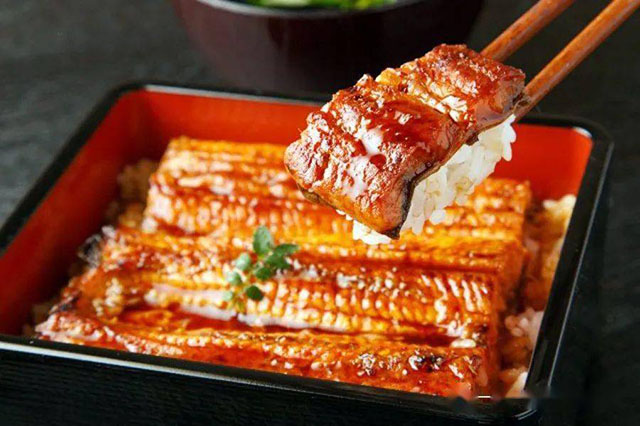
What alternative would we have to the eel, assuming all species were depleted? Let's turn to the conger eel(Or you could call it “anago”, but the “anago”l is one of the conger eel).
Latin name :Conger myriaster Brevoort, 1856

The female can reach up to 90 cm and the male about 40 cm. The Chinese name anago basically refers to this, because of the star-shaped spots on both sides. It belongs to a species of the genus Congichlidae → Subfamily congichlidae. The conger eel, formally known as the “anago”, is the most commonly eaten species.
Latin name :Conger japonicus Bleeker, 1879

With a length of 1.5 meters, it is 50% longer than the star Conger eel, making it a larger species of the same genus. It belongs to the genus Congichlidae → Congichlidae → Congichlidae, and is not a mainstream food species.
It is important to note that the Japanese conger eel is not the same species as the Japanese conger eel, and they are even of different genera. The Japanese conger eel is a species of the genus Conger (Genus Conger) in the family Conger → subfamily Conger → genus Conger, which has three species.
Latin name:Conger erebennus (Jordan and Snyder, 1901)

About 1.2 meters long, but as thick as the conger eel, conger eel is a stubby member of the genus congee. Can be used as a food ingredient, but also not mainstream varieties.
Latin name : Conger cinereus Rüppell, 1830

The body is 1.2 meters long and the head is pointed. Also a member of the genus Congee eel. It is an edible fish, but rarely used as a food ingredient in Japan.
Of the anguilla family, conger eels are the closest in physiology to eels. It's the perfect substitute for eel. It is very similar to eel in terms of processing methods and the kinds of dishes that can be prepared.
Because of their similar physical characteristics, congeys are treated almost like eels. The Kanto dorsal fissure method starts with the anago pinned to a cutting board and sliced from the back to the tail. After removing the viscera, remove the middle bone, and finally remove the dorsal fin and pelvic fin.
Conger eels(anago) can replace eels in most mainstream eel dishes. Classic eel dishes, such as kabayaki, shirayaki, nigiri, hand-rolled sushi, eel rice, liver skewers, bone mussels, cold dishes, fish jellies, and eel egg rolls, all have versions of anago.
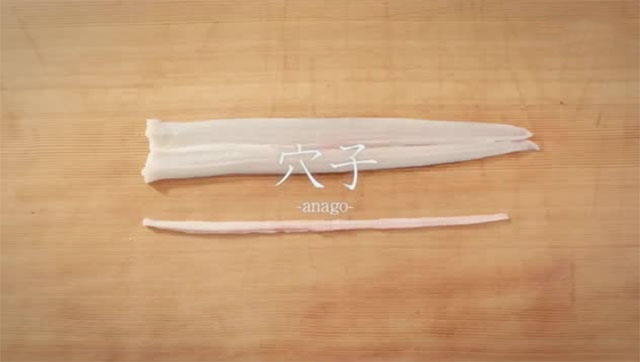
Eels have always held a high status in Japan, whereas the anago was not famous in its early days. Anago does not appear in literature until Yamato Benzo (1709 AD), written in the 6th year of Takenaga in the middle edo period, and Kazanai Tuhui (1712 AD), written in the 2nd year of Shotoku. The early anago, characterized by the Japanese characters of "aha-like", have been documented as having small white spots on their sides. They are watery and contain less fat, making them unflavorable. Fishermen have been baking them as imitators of the eels
Despite what ancient texts say, anago aren't really that bad. It is true that anago is lighter than eel in terms of umami taste and has a lower fat content, but its meat is finer and softer than eel when fully heated. It's true that the skin isn't as punchy as the eel, but under the cover of the sauce, it's quite delicious.

But the ancient Japanese considered anago inferior to eels, just as we now consider rainbow trout inferior to salmon. The food material gap is there, but more psychological resistance. However, conger eel is the closest eel to the anguilla family in terms of ingredients, which means that if eels disappear from the world, using conger eel as a substitute can restore eel cuisine to the highest degree. If our children and grandchildren ask us what eel cuisine tastes like, we can make a dish of eel with anago and tell them that it's basically the same flavor, there are some differences, but the overall experience is similar.
In Japan, some eels restaurants also offer a version of anago, in which the ingredients are replaced by anago, and the price is much lower. There is even a special eel restaurant, which does not sell eel. But in either case, the restaurant will not deceive customers and will make it clear that the ingredient is anago, rather than passing it off as an eel. Let's take a look at some classic conger dishes
Anago kabayaki
The anago version is cooked in much the same way, but the steaming is often omitted because the meat itself is softer than eel cotton and lower in fat, making it neither necessary nor suitable for steaming.
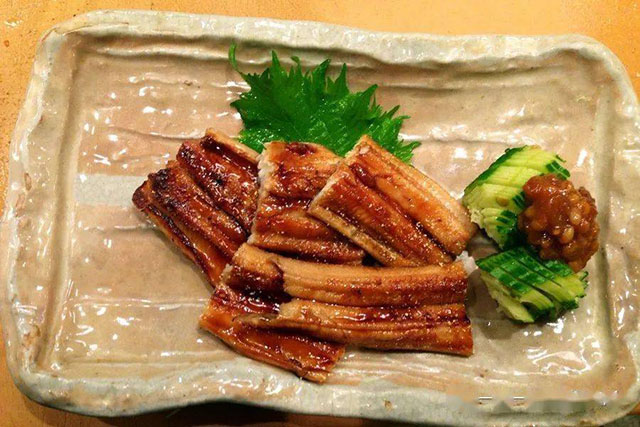
Anago shirayaki
anago version of unagi shirayaki, nothing special. But star eel has a lighter flavor than eel, and braised meat is even less flavorful. It's a good starter for an appetizer
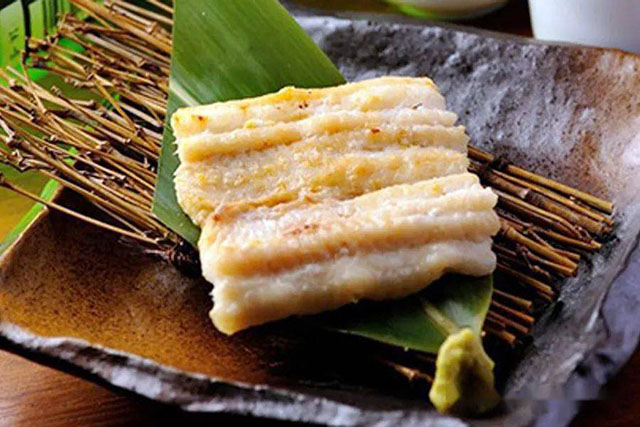
Anago don
The anago version of eel rice has an imitation degree of more than 80%. If you can't afford eel rice, the star eel rice is much cheaper and the taste is not much worse.
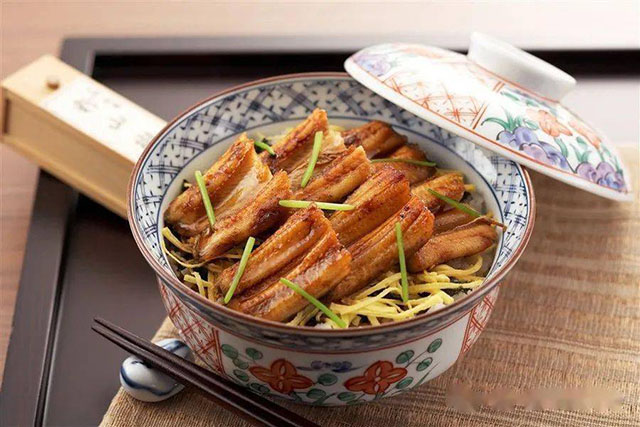
Anago sushi roll
Star eels are much more visible than eels, which seems to be the way to go as a sushi species, while eel versions do exist, but in smaller numbers. Star eel sushi is divided into two versions, one is like eel sushi, cut into a piece as sushi. The other calls for the smaller fish, a single fish, to be used as a sushi species, called「一本握り」.
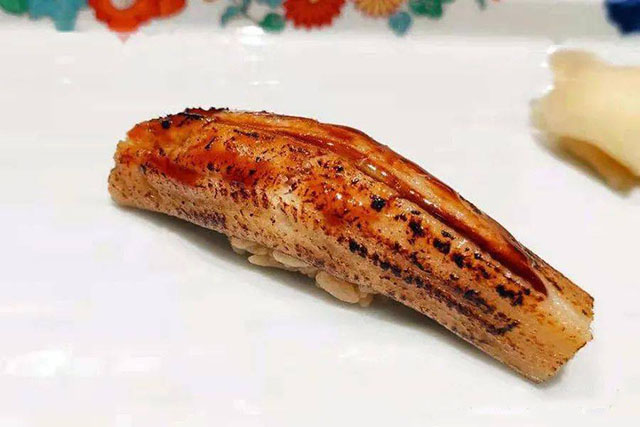
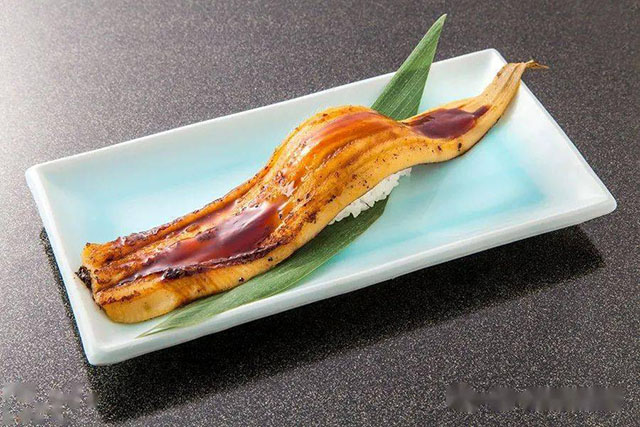
Anago tempura
Conger eel seems to be one of the defining tempura species today, but was initially considered unsuitable as a tempura species. Anago, when heated, has a soft, unfishy texture, which is perfect for tempura. But because of its high requirements for the means of frying, to fry the crispy noodles, soft fish and not wood need certain skills, so early people prefer to use sand 鮻 fish, oxtail fish, whitebait this kind of low difficulty ingredients. However, now that the technique is highly mature, anago tempura can be found in almost every tempura shop.
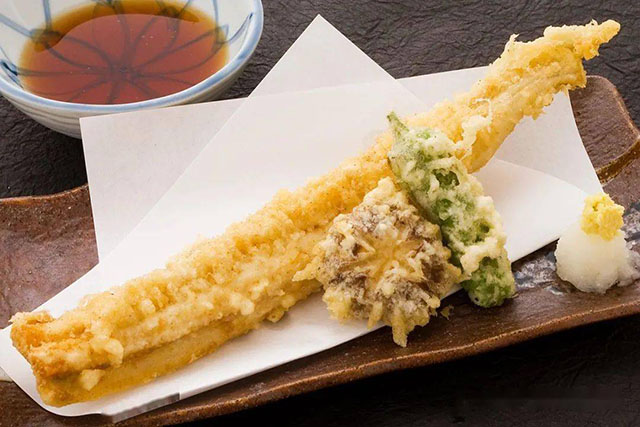
Among eel relatives, conger eel and unagi have the most similar food characteristics. There is no difference from disassembling to cooking. There are some unique eel dishes, but most eel dishes can be made with star eel instead. Anago may be less tasty than unagi, but it's also much cheaper. If one day we run out of eels to eat and those classic eel dishes are not lost, conger eel would be the perfect alternative.